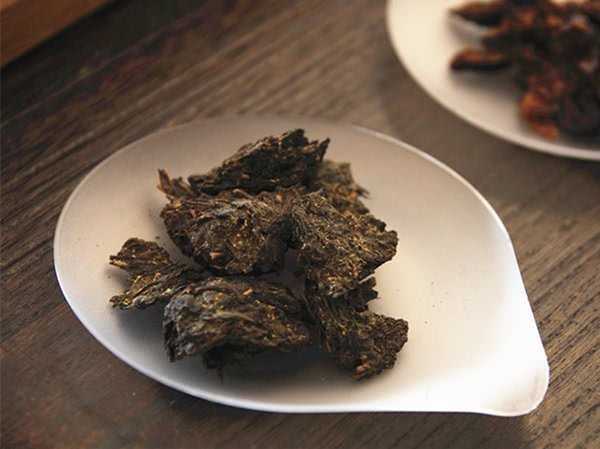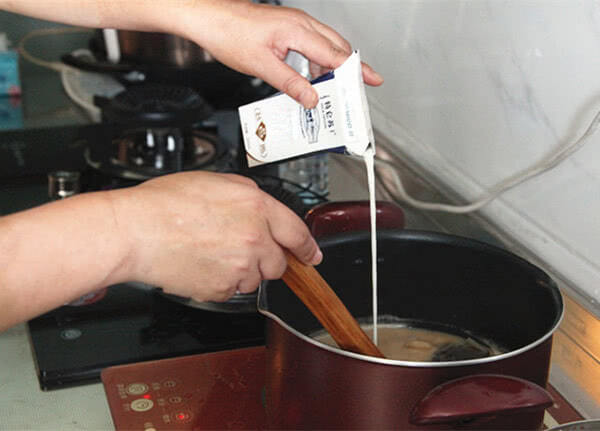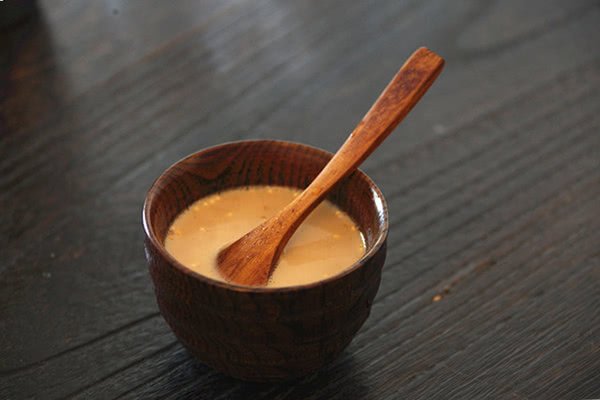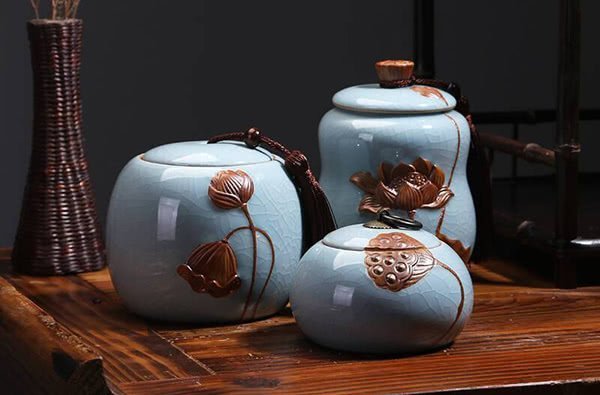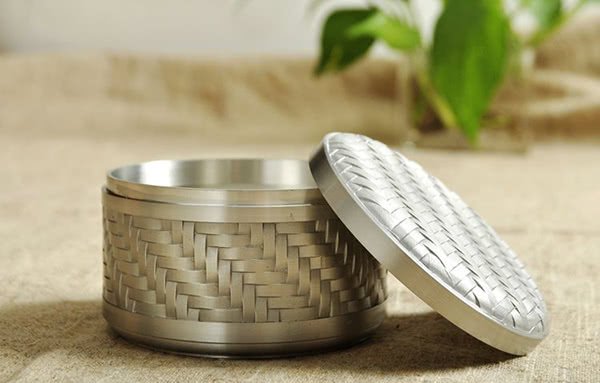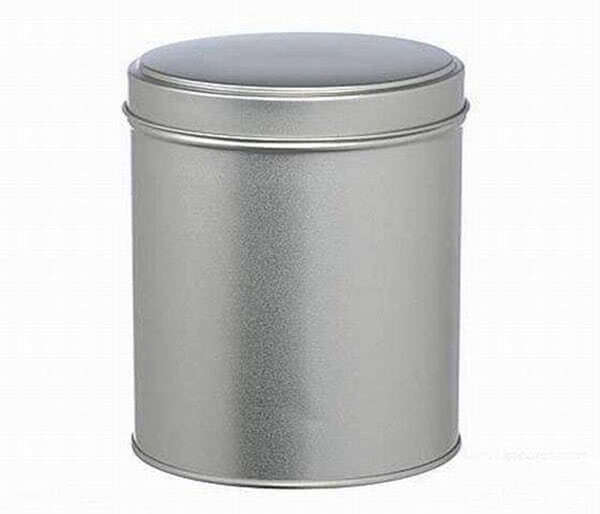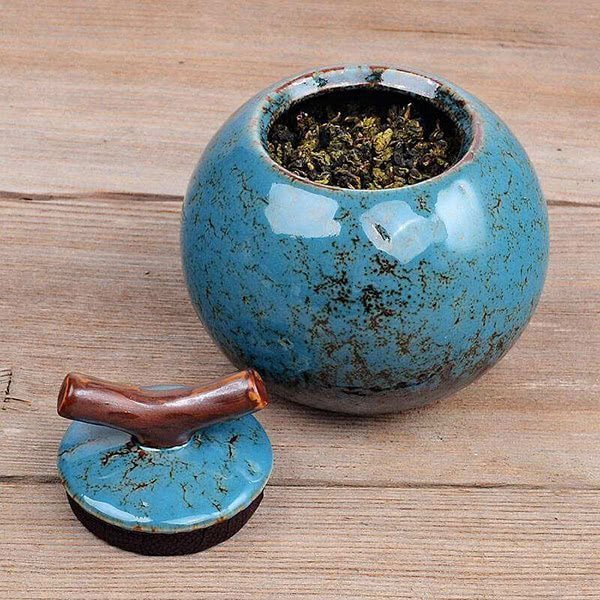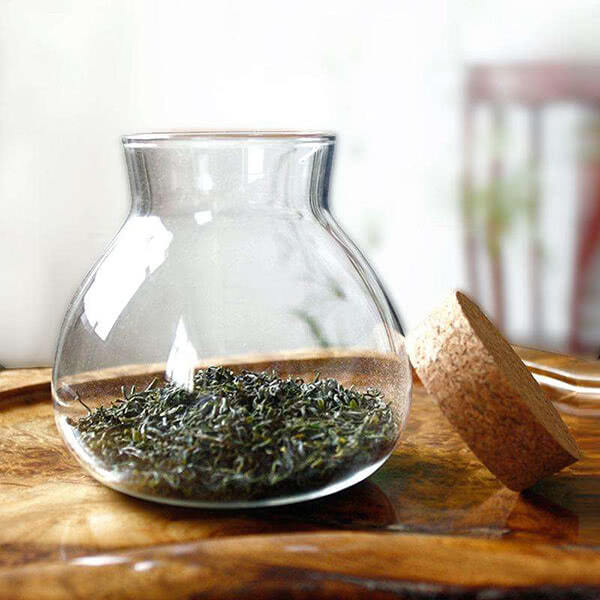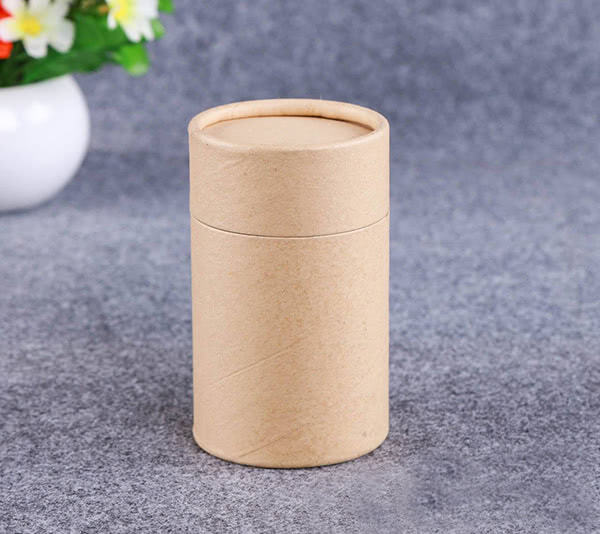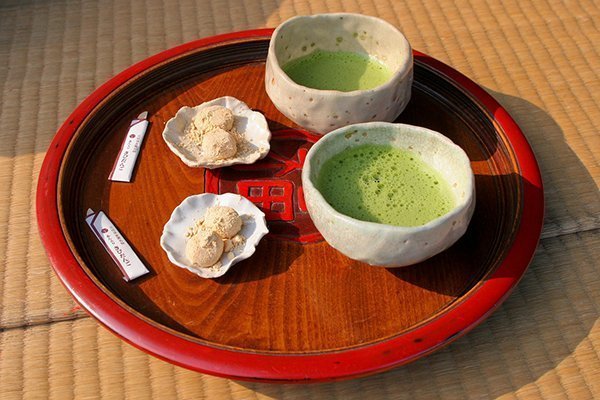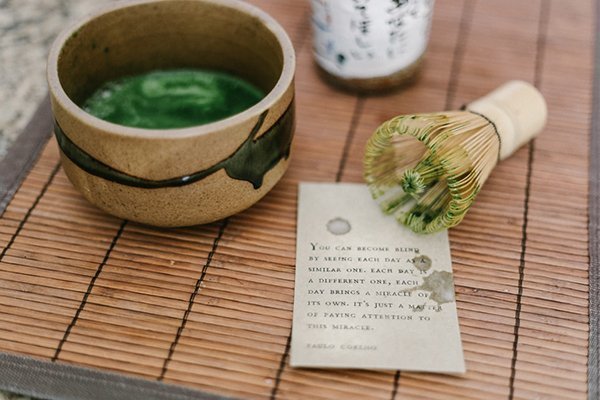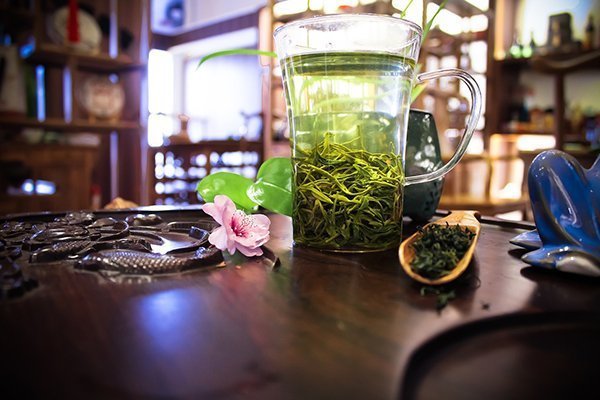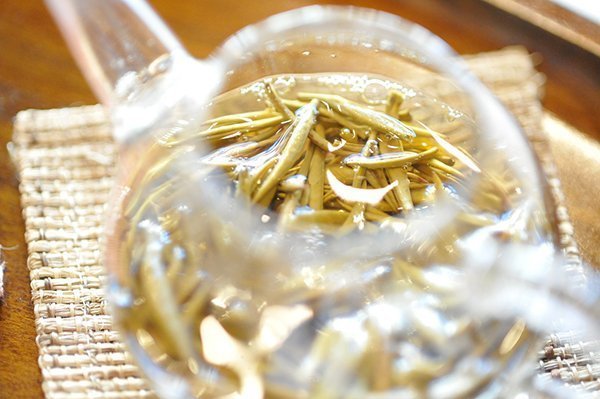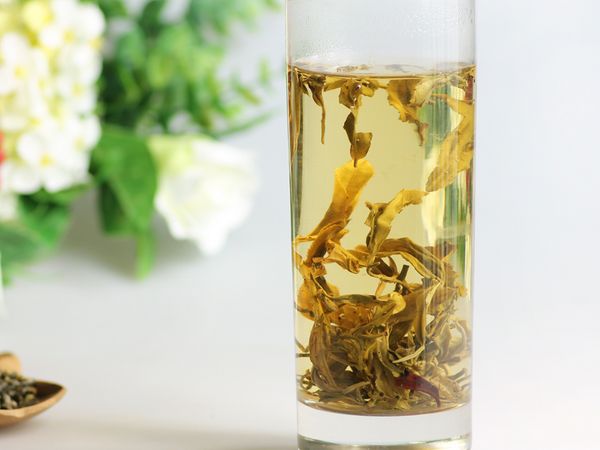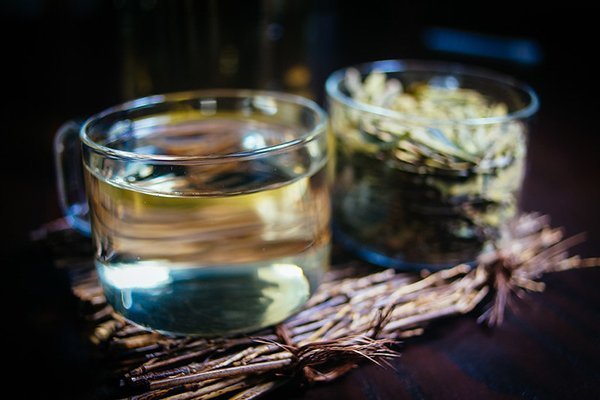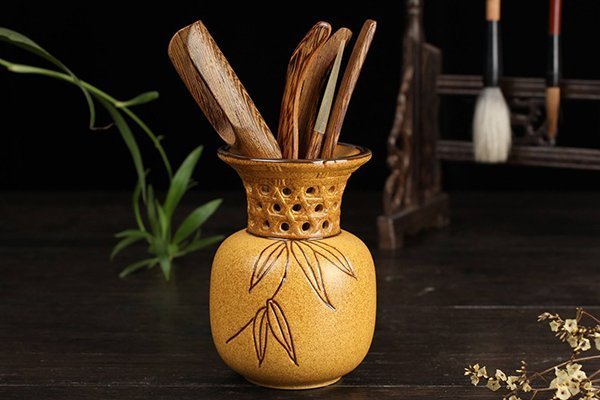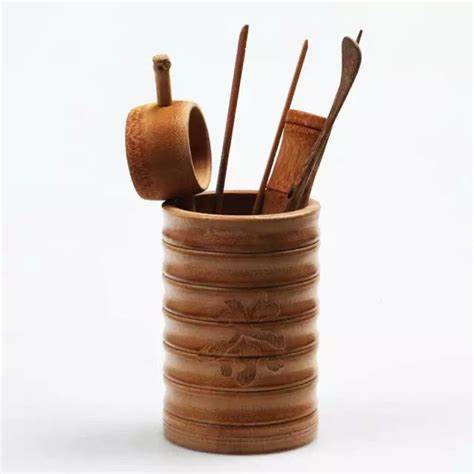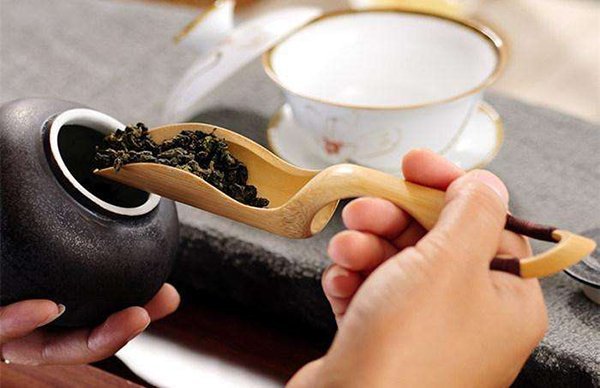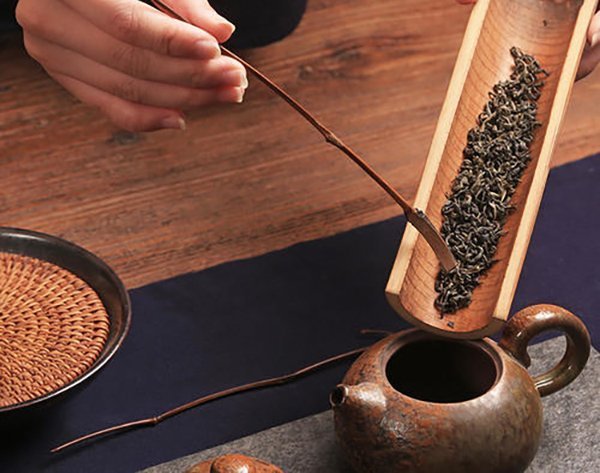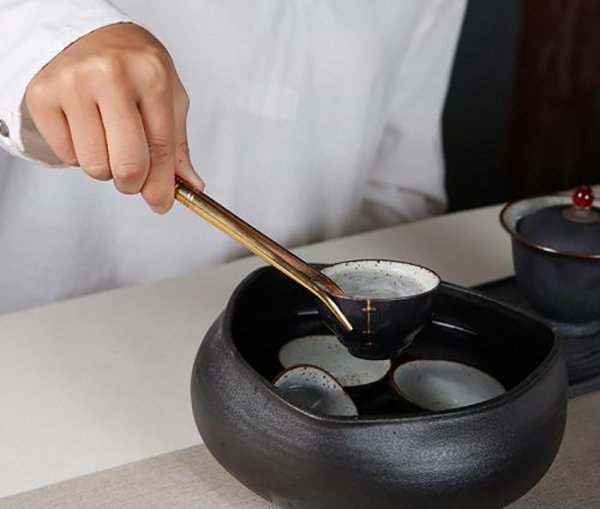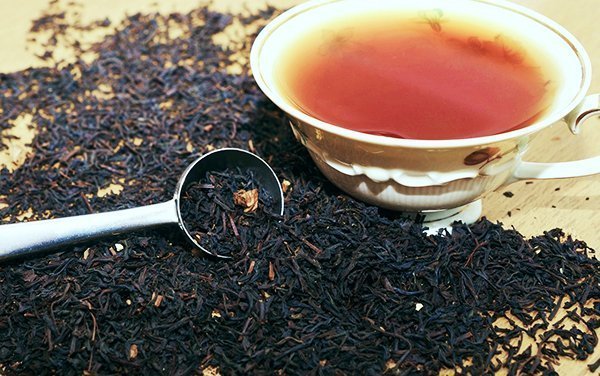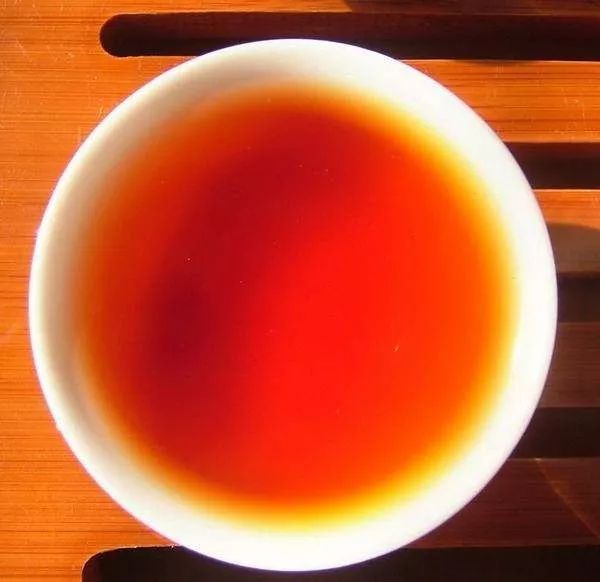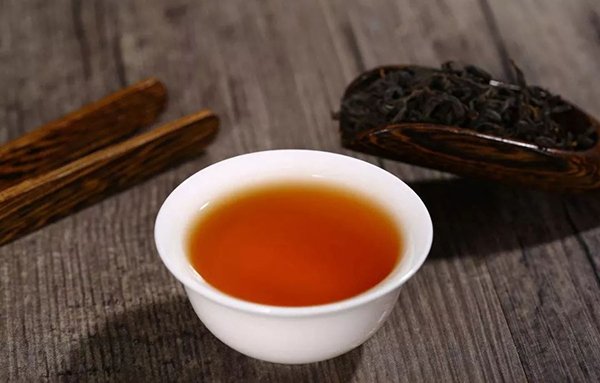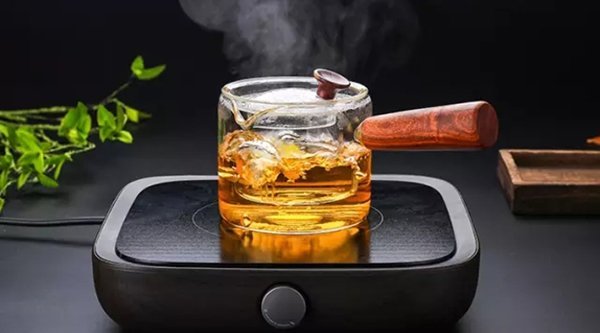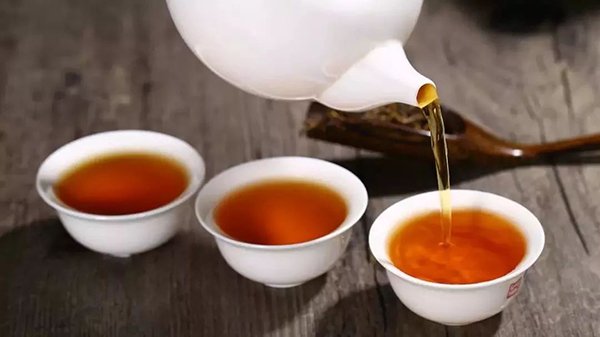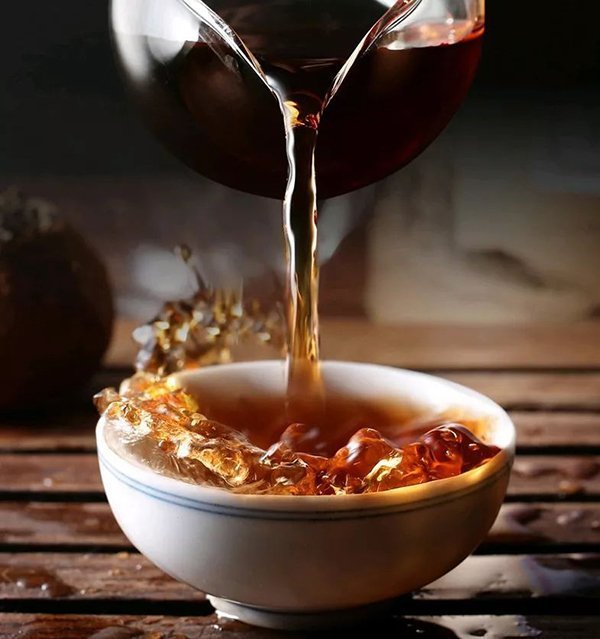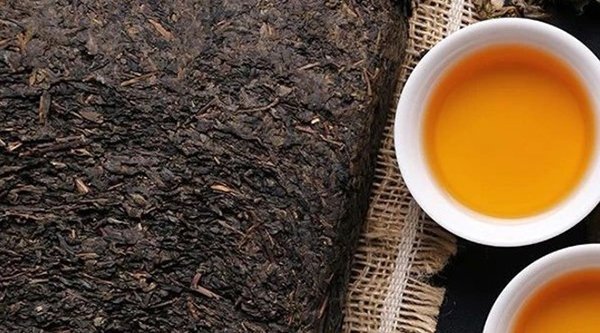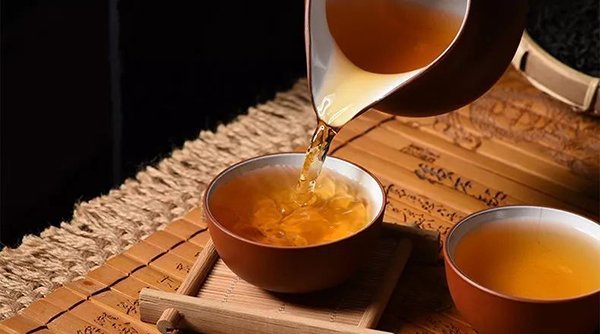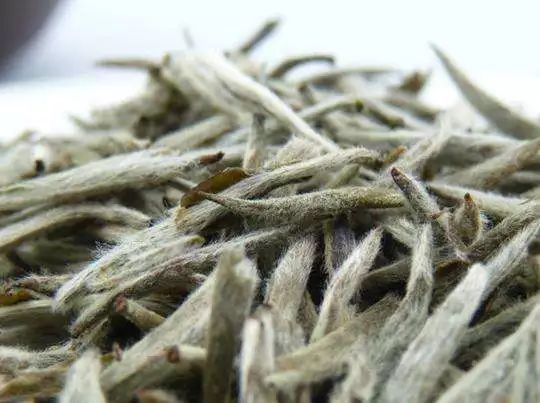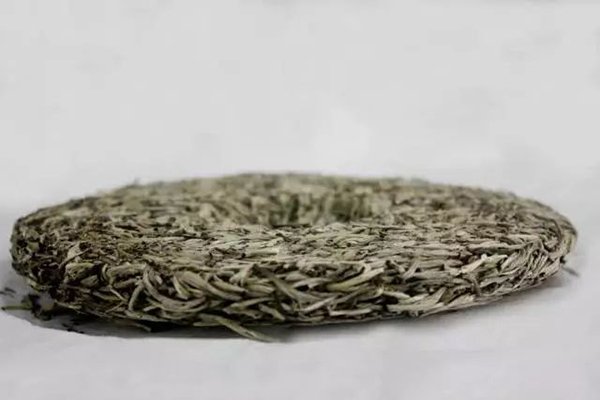Many people think that
green tea has an excellent effect on losing weight, especially
having green tea on an empty stomach state, and it will work better. Is that true?
The answer is
absolutely not! Having green tea on an empty stomach would not get
more benefits from green tea,
even harmful for the human body.
Why Should Never Have Green Tea On An Empty Stomach
Green tea is a kind
of
non-fermented tea. And it keeps most of the natural nutrition
facts along, the tea polyphenol and caffeine are kept over
85% in
the tea leaves.
The
tea polyphenol in tea assuredly has
a significant effect on losing weight, anti-aging, anti-cancer, and anti-inflammatory.
EGCG(
an
ingredient in tea polyphenol) can help reduce weight loss by inhibiting
digestive enzymes in the gastrointestinal tract and reducing carbohydrate
absorption.
And the
caffeine in tea,
have the function that relaxes gastrointestinal smooth muscle, can
promote gastric juice to secrete, conduce to digest, and improve
appetite.
But, these natural
ingredients will stimulate a lot to the human body on the empty stomach state,
and
cause undesirable effects.
Drinking green tea
on an empty stomach, by the stimulation of tea polyphenol and caffeine, the
stomach will begin to work, even though there is no food in it.
Also,
the
tannins in tea irritate the stomach to produce more gastric acid, which can
cause digestive problems such as
acid reflux,
constipation,
and
nausea.
And after absorbing
the tea polyphenols and caffeine, the stimulated stomach working more
efficiently, which leads to a vicious cycle, and take a burden on the stomach.
From another point
of view, the digestive system is under bad influence, leads to inappetence and
dyspepsia, affects the absorption of food nutrients, also takes effect on
weight loss.
But such a harmful
way, will you dare to have a try?
Another thing worth
to know that in the empty stomach state, due to the excessive absorption of
caffeine, some people will also develop symptoms of
palpitation,
dizziness,
and
feeling lost.
Once your onset of
the symptoms above, you can take candy or a cup of sugar water, it can help
with the symptom relief.
What Moments To Avoid Having Green Tea
Although green tea
is a kind of healthy beverage, if you drink it in the wrong way, it will not
take any benefit but cause harm to the body.
Including on an
empty stomach, there are 6 moments you should avoid to have green tea:
Having Green Tea
Before Bed
Except for green
tea, all real teas are high in caffeine. Too much caffeine will stimulate the
nerves and make people high.
If having green tea
before bed, it may influence the quality of sleeping, even cause
insomnia.
Stomach Upset
The caffeine and
polyphenols in green tea can irritate the stomach. Green tea is not recommended
to consume if you have stomach disease, or when your stomach is upset.
Anemic
Catechins in tea
polyphenols combine with Fe to form a complex that cannot be absorbed by the
body, affecting the absorption of Fe.
And Fe is the
essential element that the human body hemopoietic needs, the person that
suffers from anemia consumes excessive green tea easily make the disease
aggravation.
Menstrual Period
As mentioned above,
green tea will affects the body’s absorption of iron. And lots of caffeine also
can stimulate the nerve, make menstrual women more irritable and nervous.
Pregnant Women
Pregnant women can
drink green tea appropriately. Green tea is rich in Zn, which plays an
essential role in the healthy growth and development of the fetus.
Drink some light
green tea appropriately, can rise to enhance heart kidney function, promoting
haemal circulation, help digest, prevent pregnancy edema, improve the function
such as fetal growth and development.
However, green tea can also prevent pregnant women from absorbing Fe. So there is a
risk of gestational anemia if consumes too much green tea, and the fetus may also suffer from
congenital iron-deficiency anemia.
Therefore, pregnant
women should try to avoid drinking too much green tea, while the concentration
of green tea should not be too high.
During Medication
Ingredients in
green tea may react chemically with the drug, affecting its therapeutic
efficacy and possibly causing side effects. Green tea and even other types of
real tea should be avoided during medication.
If you really want
to enjoy a cup of green tea,
consult your doctor first.
What Is The Best Time For Having Green Tea
The suggested best
time to enjoy green tea is in the afternoon.
After a lunch
break, people often feel a short period of mental exhaustion, and stay in a
sleepy state.
Having a cup of
green tea this time, the fresh flavor, and caffeine in tea can
wake you
up at once.
People who work in
the office, a cup of green tea may let you work more effectively in the
afternoon.
At the same time,
the lunch also already began to be digested. A cup of green tea at this moment
can help the digest, make the human body absorbs the nutrients of food better.
Especially after
eating greasy meat, having green tea can help remove the greasy feeling from
your mouth.
Enjoy a cup of green tea in breakfast is also an excellent choice, but
never on an empty stomach.

